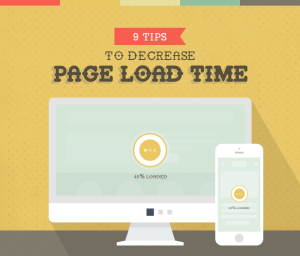AI Interest Engine Integrates With Google Ads

It has been years since I first met Jascha Kaykas-Wolff, president at Lytics, in person at a sushi restaurant in Huntington Beach, California.
I’m embarrassed to admit I don’t remember who he worked for at the time. I do remember following his career from Microsoft to WebTrends to BitTorrent to Mozilla and now Lytics, where as president he oversees the company’s foray into artificial intelligence (AI) and predictive ad targeting.
Lytics built an Interest Engine on a suite of AI tools, such as Google Vertex AI for Natural Language Processing (NLP).
“We’ve been testing this for the past few years,” Kaykas-Wolff said. “Advancements in new AI models like Google have made it practical.”
It took lots of testing and access to Google’s coded API to make it work, he said.
Kaykas-Wolff described the Lytics Interest Engine as a tool that helps brands create topic graphs that link profiles to real-time interests for ad targeting across every major ad network.
As third-party cookies are phased out in 2024, and after 1.5 years since the announcement of Google’s Protected Audiences, both publishers and advertisers are left with the challenge of how to scale interest-based solutions effectively.
Kaykas-Wolf says the tool empowers brands to deliver precise, tailored ads to users through interest-based segments designed for Google Ads.
This process converts user behaviors into bytes of easy-to-understand interests for billions of profiles. In a landscape where affinities and interests prove to be more effective indicators for advertising than third-party data, brands can curate these interests and enhance targeting using first-party data.
The engine acts as the bridge between individual consumers and the Protected Audiences API. Using Natural Language Processing (NLP), Lytics extracts content topics from websites and product catalogs, connecting them with consumer interactions to generate affinity scores.
Google embeds the topics in the browser, so when a consumer navigates a website, instead of the publisher website pinging Google asking for a matching ad to the user, the browser does the work to identify the correct match based on first-party identifiers.
All this happens in less than a second. It allows targeting based on interests or topics.
(1)






